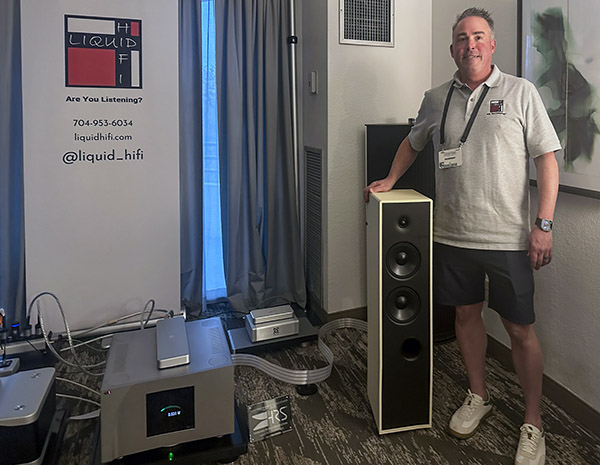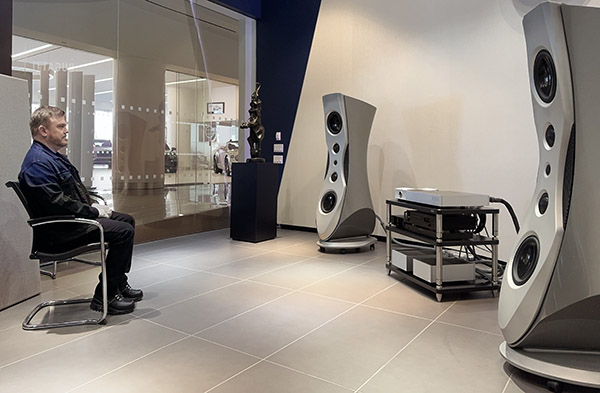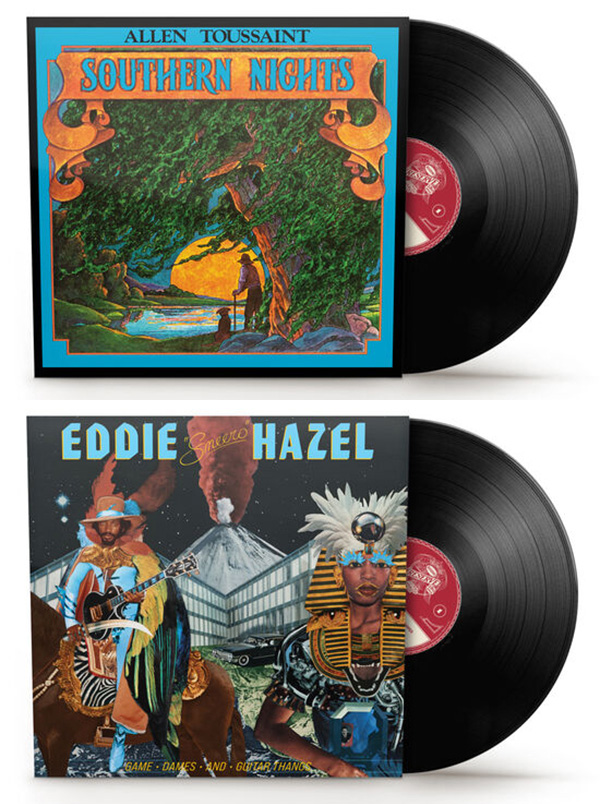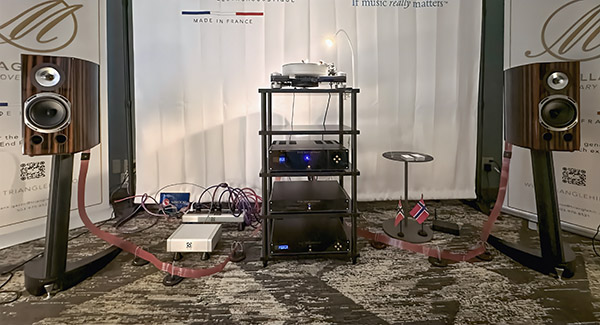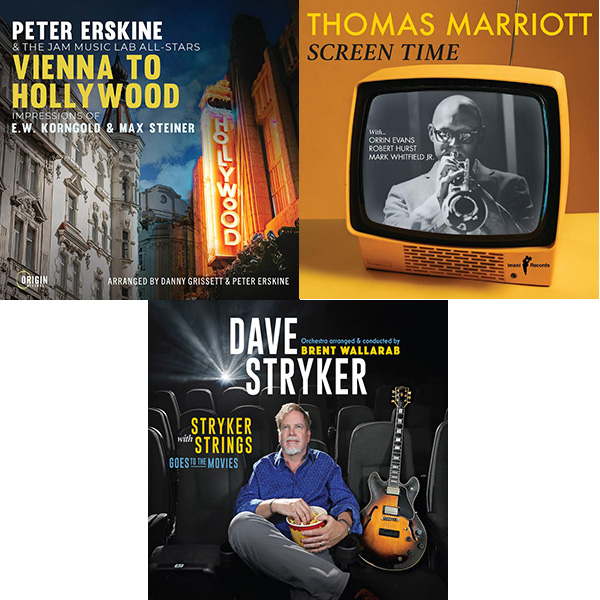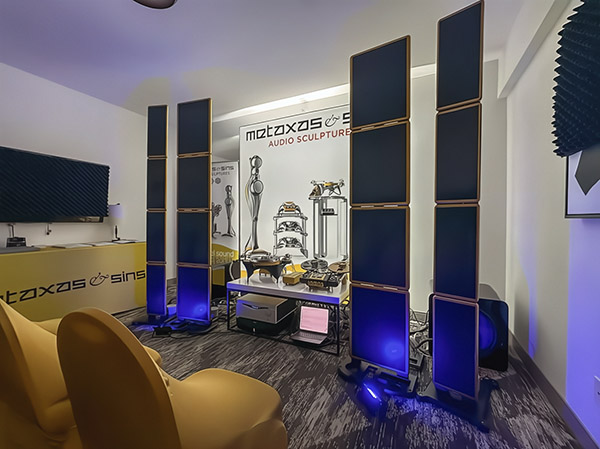
Inside Victor’s World: Hana, VPI Industries, VK Music, Sparkler, Stenheim, Sun Valley, and Elekit Unveil Musical Magic
Inside Victor’s World: Hana, VPI Industries, VK Music, Sparkler, Stenheim, Sun Valley, and Elekit Unveil Musical Magic

- Read more about Inside Victor’s World: Hana, VPI Industries, VK Music, Sparkler, Stenheim, Sun Valley, and Elekit Unveil Musical Magic
- Log in or register to post comments

